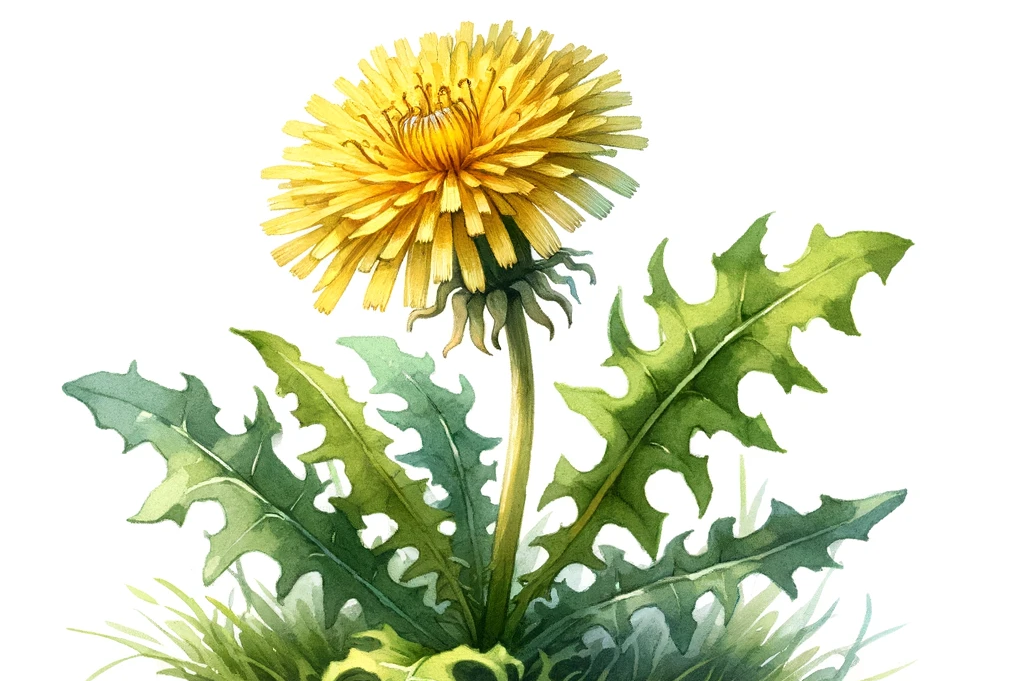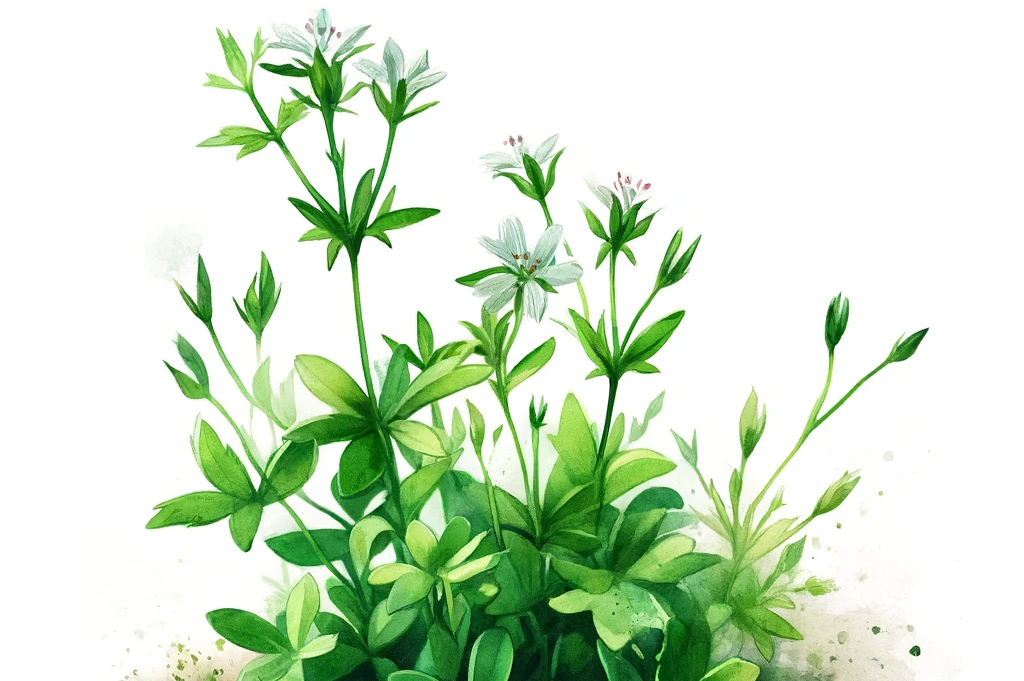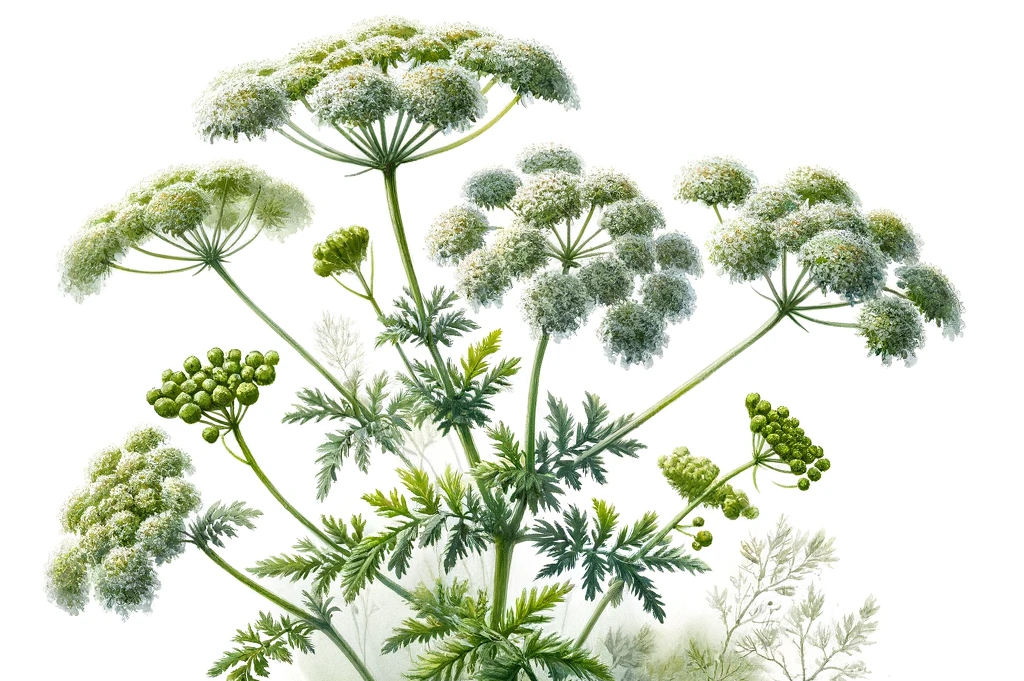Goutweed

What is goutweed?
Goutweed, also known as goat's foot or ground elder, is a perennial plant from the umbellifer family (Apiaceae). It is native to Europe and Asia and has spread to many parts of the world. Goutweed can be recognized by its characteristic, shiny green leaves, which have a triangular shape and grow in groups of three. It blooms from May to June with small, white flowers.
Properties and occurrence
- Growth: Goutweed spreads quickly due to its extensive root system, making it a stubborn weed.
- Locations: Prefers shady, damp locations and is often found in gardens, on forest edges and in hedges.
- Uses: Despite its reputation as a weed, goutweed is valued in folk medicine and as an edible plant.
Goutweed and dogs
The question of whether goutweed is safe for dogs can be answered with a cautious yes. There are no known toxins in goutweed that are harmful to dogs, making it a potentially safe plant for your four-legged friend.
Benefits
- Rich in nutrients: Goutweed is rich in vitamin C, iron and magnesium, which can make it a nutrient-rich addition to your dog's diet.
- Natural anti-inflammatory: The plant has anti-inflammatory properties that can help relieve conditions such as arthritis.
- Digestive support: Goutweed can aid digestion and help detoxify the body.
Disadvantages
- Possible gastrointestinal irritation: As with any new food ingredient, there is a risk that some dogs may be sensitive to goutweed, which can lead to gastrointestinal distress.
- Overconsumption: Too much goutweed could potentially lead to digestive problems, especially if it makes up a large part of the diet.
Recommendations for dog owners
If you are considering introducing goutweed into your dog's diet, start with small amounts to see how they react. Make sure the goutweed is free from pesticides and other chemicals, especially if it comes from urban areas. It is always advisable to consult a vet before adding any new supplements to your dog's diet.
Goutweed may be known as that pesky weed in the garden, but for dogs it offers a number of health benefits that make it worth considering. Rich in nutrients and with potential anti-inflammatory properties, goutweed can be a useful addition to your dog's diet as long as it is fed in moderation. As with anything concerning your dog's health, it's important to proceed with caution and seek professional advice to ensure you're doing the best for your four-legged friend.
If you notice any signs of hypersensitivity or poisoning in your dog, you should see your vet immediately. We are not a substitute for a vet, but we try to be as accurate as possible. Every dog reacts differently and we recommend you get a second opinion or consult your vet if in doubt.
Stay healthy and take good care of your four-legged friend!😊
Similar to Goutweed
Stinging nettles are herbaceous plants from the nettle family. They grow in Europe, Asia and North America and prefer moist, nutrient-rich locations. The best-known species are the common nettle...
Dandelion is a perennial herbaceous plant from the composite family. It has a long taproot that reaches up to one meter deep into the ground. All parts of the plant contain a white, milky sap that...
Chickweed belongs to the clove family (Caryophyllaceae) and is usually an annual plant. It is also known as chickweed, hen's gut, cough gut or hen's bit. Chickweed is a very adaptable plant that can...
Yarrow (Achillea millefolium) is a perennial plant from the Asteraceae family. It has finely pinnate leaves and white or pink flowers that are arranged in flat umbels. The plant grows to a height of...



